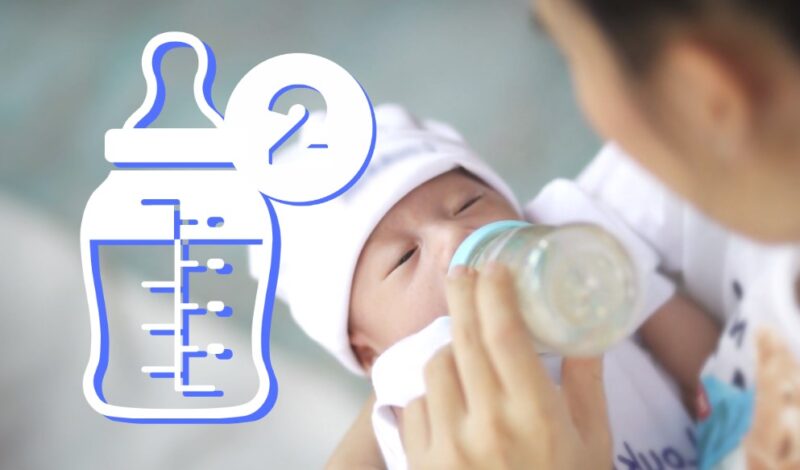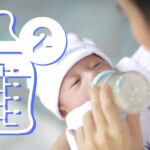Feeding your baby can be one of the most gratifying experiences as a parent, providing you an opportunity to bond and care for your child. However, it can also come with a series of questions and uncertainties, especially for first-time parents. One such area is understanding when to switch your baby from size 1 to size 2 nipples. This guide aims to illuminate the subject for you, allowing you to make informed decisions to best support your baby’s feeding journey.
Navigating your baby’s transition from one nipple size to another can seem challenging and perhaps a bit daunting. However, understanding the signs of readiness and the importance of a well-timed transition can greatly ease this process. With the right knowledge and guidance, you can ensure your little one’s feeding experience is optimal and comfortable.
The Importance of Nipple Sizes for Bottle Feeding
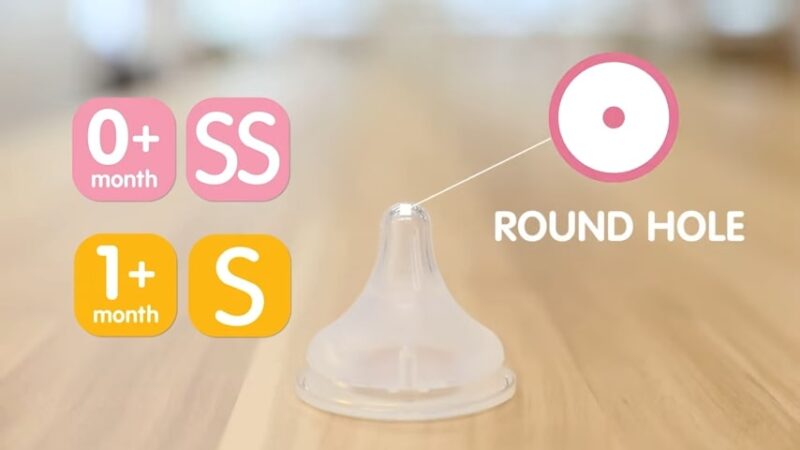
Just like finding the right shoe size is crucial for comfortable walking, the right nipple size is pivotal for a pleasant feeding experience for your baby. Nipple sizes control the flow of milk from the bottle, and different sizes are designed to be appropriate for different stages of your baby’s development. Ensuring your baby is using the correct nipple size can prevent feeding problems such as choking, reflux, and underfeeding.
As your baby grows and develops, their feeding needs change. They begin to handle a faster flow of milk, necessitating a switch to a larger nipple size. This switch can support their increasing appetite and make feeding more efficient. Moreover, it can also help develop their oral muscles and motor skills as they adapt to different flow rates.
However, switching nipple sizes is not solely a matter of age. Each baby is unique, and their readiness for a new nipple size will depend on individual feeding habits and development. It’s essential to observe your baby’s cues and consult with healthcare professionals to decide on the best timing for a transition.
What Are Nipple Sizes and How Do They Differ?
Bottle nipples come in different sizes, usually indicated by a number or age range on the packaging. Size 1 nipples, often designed for newborns and young infants, provide a slow, steady flow suitable for their small stomachs and their limited sucking and swallowing abilities. Size 2 nipples, on the other hand, allow a faster flow, appropriate for older infants who can handle more milk more quickly.
There are typically several nipple sizes available, each designed for a specific stage in your baby’s development. While manufacturers’ guidelines vary, most agree that the progression should follow your baby’s age and feeding behavior. That said, these are only guidelines, and the transition should be customized to your baby’s individual needs.
Understanding the differences between nipple sizes can help you observe how your baby responds to feeding and identify when a change may be necessary. However, remember that these changes are not strictly linear. A baby might need to go back to a smaller size if the flow from a larger nipple is too fast, or they may need to stay on a smaller size longer if they’re not ready to move up.
Signs that Your Baby Might Be Ready for Size 2
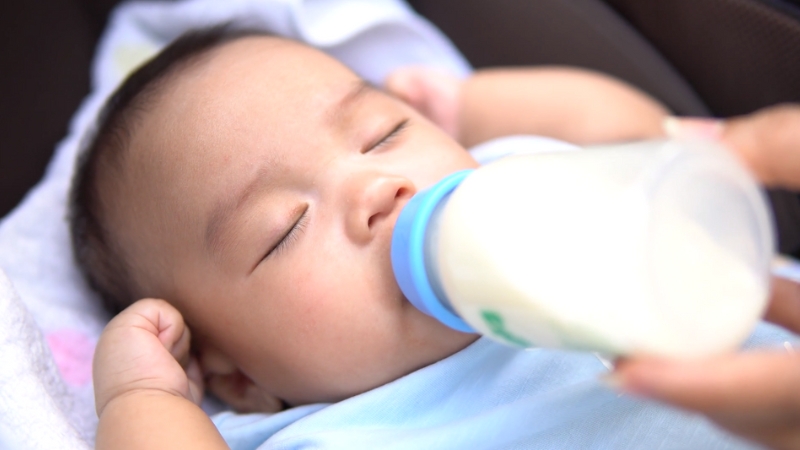
The transition to size 2 nipples is an important step in your baby’s feeding journey. However, it’s essential to remember that the readiness for this transition is not solely dictated by age, but by a combination of age, development, and feeding behavior. Therefore, you must keenly observe your baby for signs of readiness.
Firstly, if your baby seems frustrated during feeding times, it could be a sign that they are ready for a larger nipple size. This could manifest as fussing, squirming, sucking more vigorously, or appearing dissatisfied after feedings. These signs may indicate that your baby is working too hard to get the milk or that they’re not getting enough milk to satisfy their hunger.
Secondly, your baby might start to feed for longer durations. If your baby used to finish a bottle in 15 minutes and now takes 30 minutes or more, they may be ready for a faster flow. This change allows them to get their fill more efficiently and prevents them from tiring out during feeds.
Lastly, if your baby is showing signs of appropriate development, such as doubling their birth weight, it might be a good time to consider a transition. However, it is always recommended to discuss these observations with a healthcare professional before making the switch.
The Role of Age and Development in Nipple Size Transition
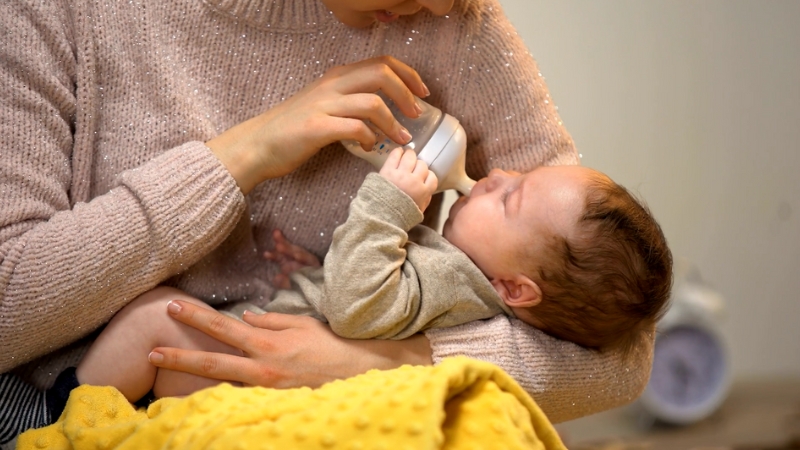
While it’s true that nipple size transition is not solely age-dependent, age does play a significant role in guiding the switch. Generally, size 1 is appropriate for newborns up to three months old, while size 2 is suitable for babies aged three to six months. However, it’s crucial to note that these are merely guidelines, not strict rules, and the transition should be customized to your baby’s individual needs and readiness.
A baby’s development also influences its readiness to transition to a larger nipple size. As babies grow, they develop the ability to handle a faster milk flow. Their oral motor skills improve, their stomachs can handle more volume, and their feeding becomes more efficient. Observing these changes can provide vital clues about when it might be time to switch nipple sizes.
However, don’t rush the transition. If your baby appears content with their current nipple size, there is no urgency to move up. Always prioritize your baby’s comfort and satisfaction during feeding times, and remember that each baby will develop at their own pace.
Your Baby’s Feeding Efficiency and Comfort
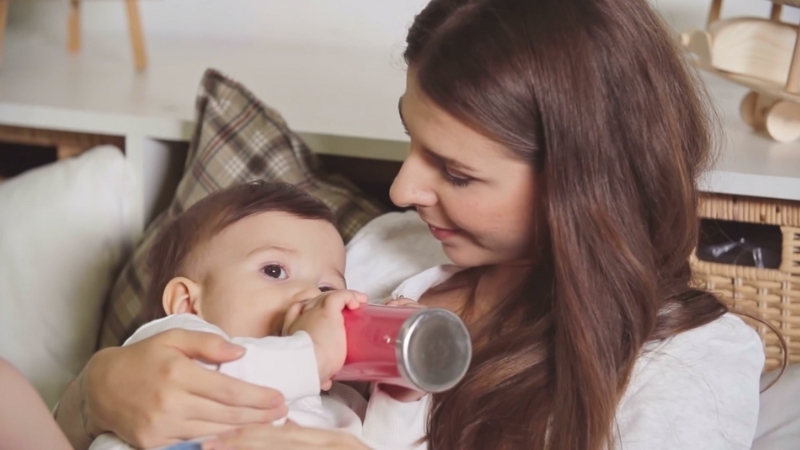
When considering nipple size transition, your baby’s feeding efficiency and comfort should be top priorities. As your baby grows, they should be able to feed more effectively, meaning they can extract more milk in a shorter amount of time. If your baby is struggling to get enough milk or is taking an unusually long time to feed, they may be ready for a larger nipple size.
Feeding comfort is another critical consideration. If the flow rate of the milk is too slow, your baby might become frustrated, leading to fussing and dissatisfaction during feeds. On the other hand, if the flow rate is too fast, your baby might choke, gag, or spit up, indicating that the nipple size might be too large for them.
Therefore, it’s vital to find the right balance, ensuring your baby can feed effectively and comfortably. Observing your baby’s behavior during feeds can provide useful insights into their comfort and efficiency and indicate when a transition might be necessary.
Observing Your Baby’s Sucking Patterns and Pace
Observing your baby’s sucking patterns and pace during feeds can provide valuable insights into their readiness to switch nipple sizes. A slower sucking pace and longer pauses may indicate that your baby is working too hard to extract the milk, suggesting a need for a larger nipple size.
Conversely, if your baby is choking or gagging during feeds, the milk flow might be too fast for them to handle, indicating the current nipple size may be too large. In this case, it might be necessary to switch back to a smaller nipple size until your baby is ready to handle a faster flow.
Regularly observing your baby’s feeding patterns and keeping track of any changes can help you identify when a nipple size transition might be beneficial. However, remember that it’s always advisable to consult with a healthcare professional before making any significant changes to your baby’s feeding routine.
When to Switch Nipples
The best time to switch to size 2 nipples is when your baby shows signs of readiness and when it aligns with their age and developmental stage. As mentioned earlier, these signs may include increased frustration during feeds, longer feeding times, and appropriate weight gain and growth.
However, making the switch is not a one-size-fits-all decision. What works for one baby might not work for another. Therefore, always consider your baby’s unique needs and consult with a healthcare professional before making the switch.
Also, remember that transitioning to a new nipple size should be a gradual process. Start by introducing the new size during one feeding a day, and gradually increase as your baby becomes accustomed to the change. This gradual transition can help your baby adapt more easily to the new flow rate and ensure they are comfortable and satisfied during feeds.
Tips for Smoothly Transitioning to Size 2
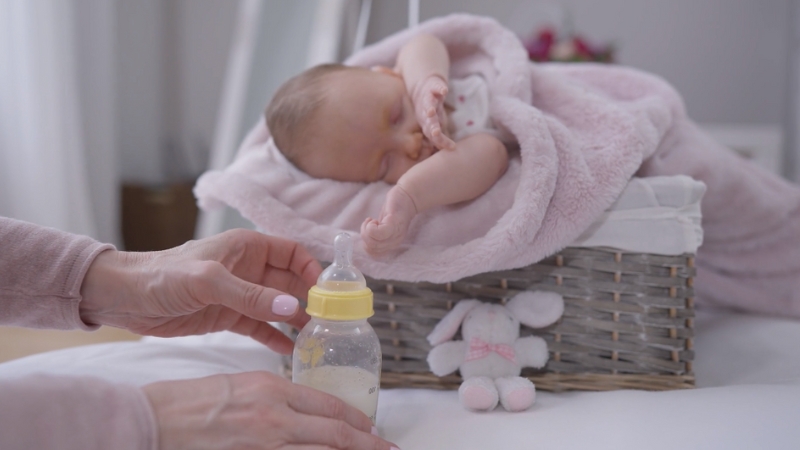
Transitioning to size 2 nipples can be a big change for your baby. To ensure a smooth transition, start by introducing the new nipple size gradually. Use the size 2 nipple for one feed a day, and observe how your baby responds. If they appear comfortable and satisfied, you can gradually increase the use of the new size.
Next, make sure you are using the correct feeding technique with the new nipple size. This might involve adjusting the bottle’s angle to control the milk flow, ensuring your baby is sucking effectively, and taking breaks during feeds if necessary.
Lastly, be patient and flexible. It might take some time for your baby to adapt to the new flow rate, and there might be a few spills and messes along the way. It’s okay to switch back to the old size if your baby is struggling and try again after a few days or weeks. The goal is to ensure your baby’s feeding experience is comfortable and satisfying, so don’t rush the transition.
Addressing Potential Concerns or Frustrations with Nipple Sizes
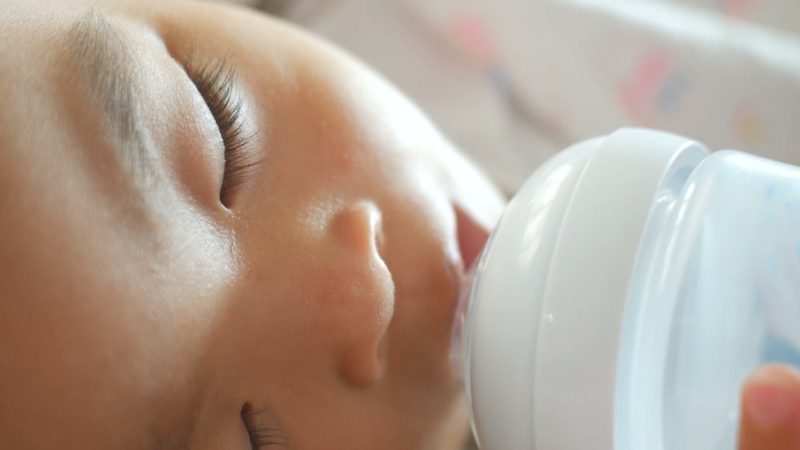
Switching nipple sizes can bring up various concerns and frustrations. You might worry about your baby choking if the milk flow is too fast, or you might feel frustrated if your baby is struggling to adapt to the new size. These concerns are valid, and it’s essential to address them to ensure your baby’s feeding experience is optimal.
If your baby is choking or gagging with the new size, it might be too big for them at the moment. In this case, it’s okay to switch back to the smaller size and try again later. Remember that each baby is unique, and there’s no set timeline for when they should move up to a larger nipple size.
If you’re feeling frustrated, take a step back and remember that this is a learning process for both you and your baby. It’s okay if things don’t go smoothly at first. Be patient with yourself and your baby, and don’t hesitate to seek help and advice from healthcare professionals if needed.
Other Factors to Consider When Deciding on Nipple Size Changes
While age, development, and feeding behavior are the main factors guiding a nipple size transition, there are other considerations to bear in mind. For example, if your baby has any special needs or medical conditions, these could influence their feeding abilities and the appropriate nipple size.
Additionally, if you are combining breast and bottle feeding, this might affect the transition timing. Breastfed babies might prefer a slower flow nipple to mimic the natural feeding pace, so you might need to delay the switch to a larger nipple size.
Remember, the most important thing is that your baby is feeding well and appears satisfied after feeds. Don’t rush the transition, and always consider your baby’s unique needs and circumstances when deciding on a nipple size change.
Consulting with Pediatricians or Lactation Consultants
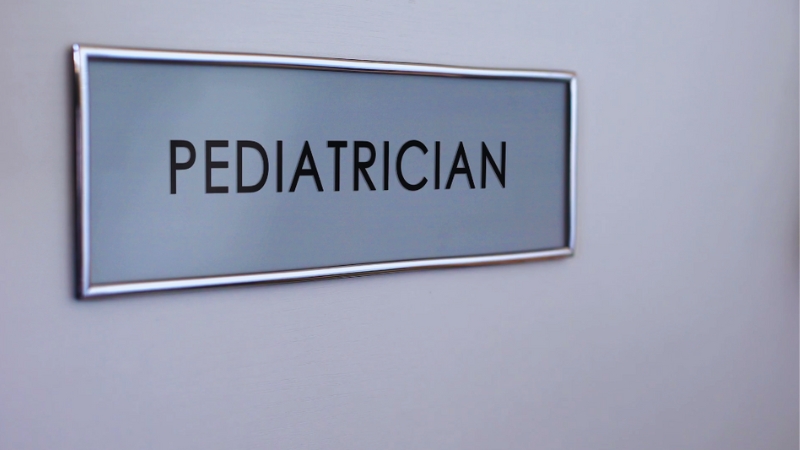
When it comes to making decisions about your baby’s feeding, consulting with healthcare professionals can be incredibly valuable. Pediatricians and lactation consultants can provide expert advice based on their understanding of your baby’s growth and development, as well as their experience with other babies.
These professionals can help you identify the signs of readiness for a nipple size transition, provide guidance on the best timing for the switch, and address any concerns or questions you might have. They can also provide practical tips for making the transition smoother and ensuring your baby’s feeding experience is comfortable and satisfying.
Remember, it’s always better to seek advice before making any significant changes to your baby’s feeding routine. Even if you think your baby is ready for a larger nipple size, it’s always worth getting a professional opinion.
Final Words
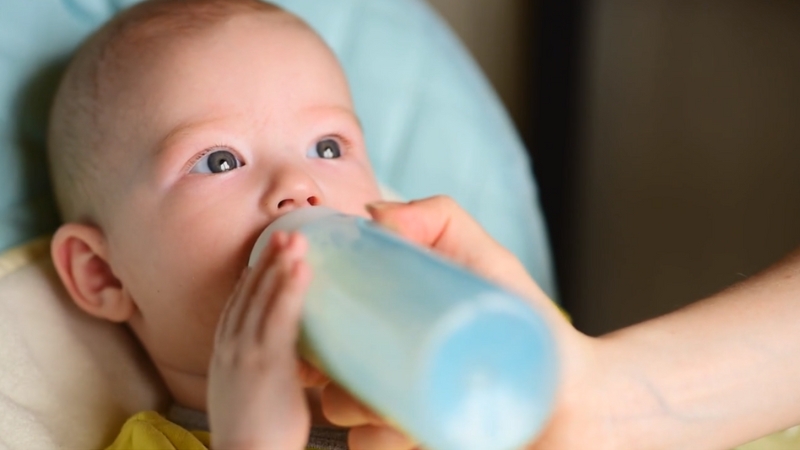
Transitioning to size 2 nipples is a significant step in your baby’s feeding journey. While it can seem daunting at first, with the right knowledge, observations, and guidance, it can be a smooth and successful process.
Remember, every baby is unique, and there’s no set timeline for when they should switch nipple sizes. Listen to your baby’s cues, consider their age and development, and consult with healthcare professionals to determine the best timing for the transition.

